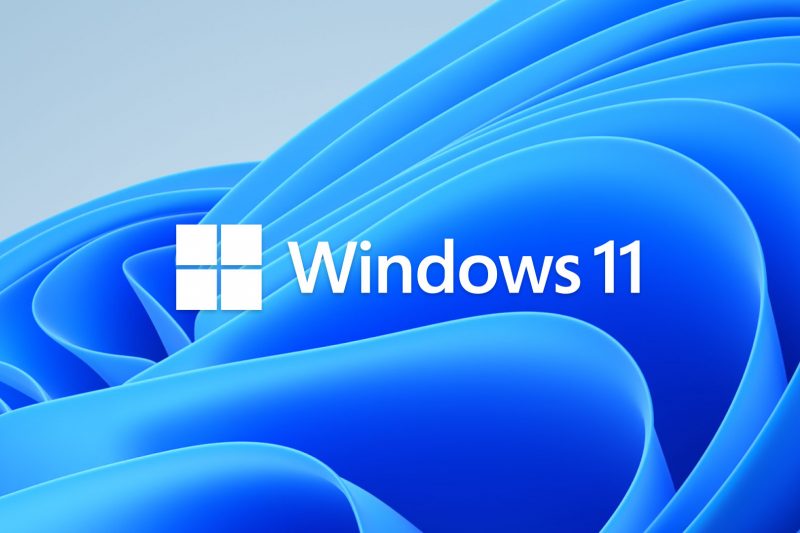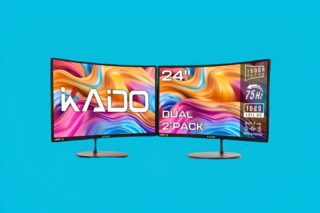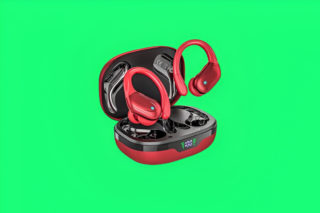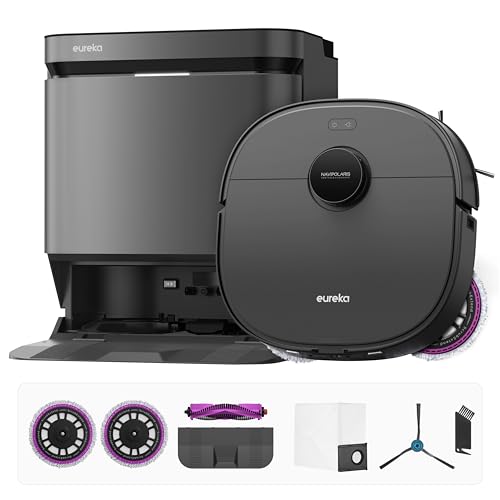Microsoft’s latest marketing campaign claims Windows 11 PCs run up to 2.3 times faster than Windows 10 machines. Sounds impressive until you realize they compared bleeding-edge 13th Gen Intel processors against hardware from 2015. That’s like a Formula 1 driver bragging about beating a Little League team. December 2024 benchmarks used Geekbench 6 Multi-Core tests, pitting modern 24-core processors against ancient 4-core chips. Sure, Windows 11 wins — but your wallet deserves better marketing than this bait-and-switch routine.
Statistical Sleight of Hand Revealed
The benchmarking methodology here reads like a masterclass in creative statistics. Microsoft tested Windows 11 on Intel’s12th and 13th generation processors — chips that didn’t exist when Windows 10 launched. Meanwhile, Windows 10 got stuck running on 6th, 8th, and 10th Gen Intel processors, some dating back nine years.
Hardware disparity becomes laughable under scrutiny. A Core i7-6700K from 2015 packs four cores and eight threads. Today’s entry-level Core i3-12100 delivers comparable performance with modern efficiency. The flagship Core i9-13900K demolishes older chips with 24 cores and 32 threads. No operating system magic is needed.
Critical details for your upgrade decision include:
- Synthetic benchmarks don’t reflect real-world usage patterns
- Gaming performance differences between OS versions remain minimal on identical hardware
- Windows 11’s system requirements exclude millions of perfectly capable machines
- The “up to 2.3x faster” claim vanishes when comparing identical hardware configurations
- Microsoft buried these methodology details in footnote links rather than headline transparency
Industry Backlash Gains Momentum
“It’s like comparing apples to bowling balls,” PC Gamer noted about Microsoft’s testing approach. Real-world users running Windows 10 on modern hardware won’t see these dramatic improvements by upgrading their operating system alone.
Timing reveals the underlying pressure. Windows 10 support ends October 14, 2025, creating urgency for Microsoft to justify the transition. Rather than highlighting Windows 11’s genuine improvements — better security, refined interface, enhanced gaming features — they chose a misleading performance theater that resembles comparing a smartphone to a rotary phone.
Practical reality check: Your current Windows 10 machine running on recent hardware already delivers solid performance. The bottleneck isn’t your operating system; it’s whether your specific workflow benefits from Windows 11’s feature set. Skip the benchmark hype and focus on compatibility, learning curves, and actual productivity gains that matter to your daily computing experience.





























